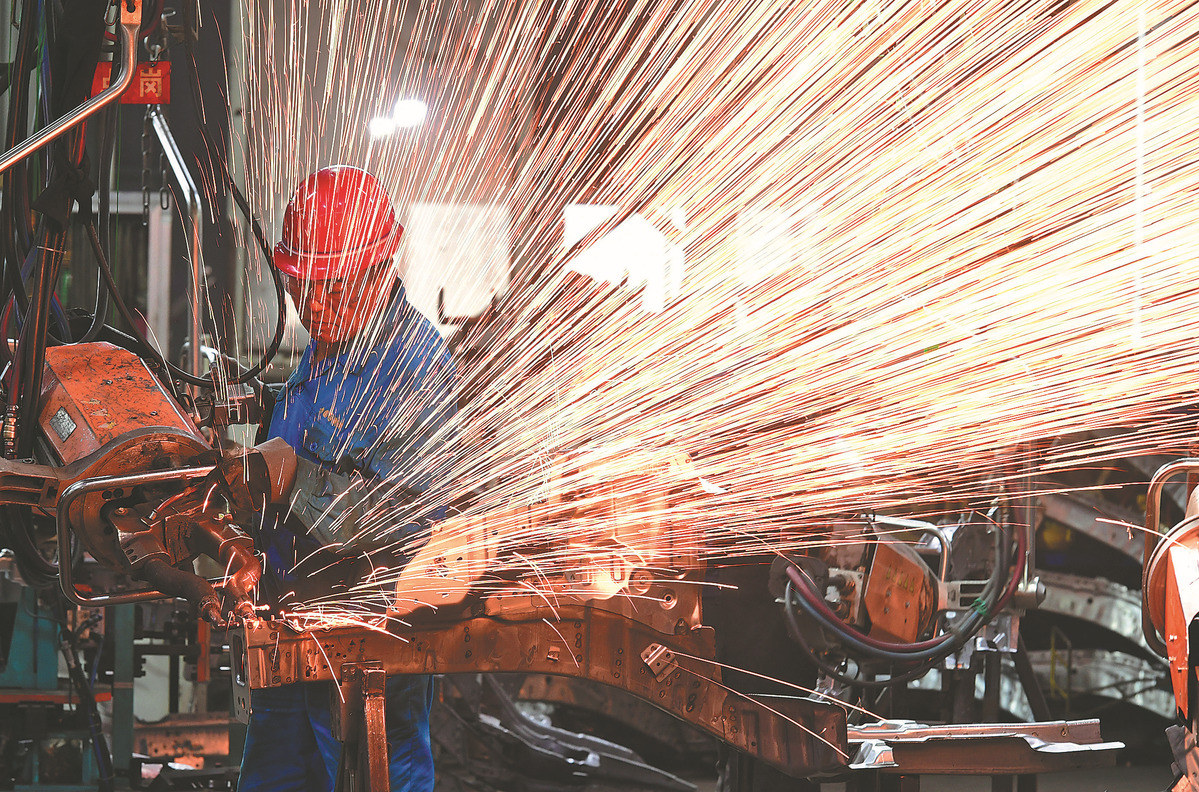Expanding PMI signals strength of Chinese economic recovery


China's purchasing managers' index for manufacturing stood at 51.9 percent in March, which, despite being 0.7 percentage points down from the month before, has stayed above the 50-point mark that separates growth from contraction for the third month in a row.
The PMI represents enterprises' willingness to expand production. China's manufacturing PMI fell in March due to high base of the previous month, but the prosperity level was still the second highest in nearly two years. That the manufacturing PMI has expanded for three consecutive months indicates that the prosperity level of China's economic activities continues to pick up, the vitality of economic entities has gradually been enhanced, and the overall economic recovery is gaining steam.
A number of other economic indicators released in March have also shown an "upward curve", conveying the strengthened vitality of China's economic recovery. In the first two months of this year, China's total retail sales of consumer goods increased by 3.5 percent year-on-year, turning from negative to positive growth, and the fixed asset investment grew 5.5 percent, 0.4 percentage points faster than the growth rate of the whole of last year. Exports also registered a year-on-year growth of 0.9 percent. In this context, international institutions have successively raised their forecasts for China's economic growth this year, with Goldman Sachs raising its forecast for China's GDP growth to 6 percent, from 5.2 percent to 5.5 percent in January.
However, China should be aware that most domestic enterprises still face insufficient market demand, tight capital, and high operating costs, and the foundation of its economic recovery needs to be further consolidated. Therefore, China should make greater efforts to increase people's income to expand consumption, treat State-owned and private enterprises equally, promote the steady development of the real estate sector, give bigger space for the development of platform enterprises, and create a first-class business environment.
China now has a stronger material and technological foundation, and a more complete industrial system, which, together with its huge market, abundant human resources, active entrepreneurship and innovation, endows it with more obvious comprehensive advantages. This will lay a more solid foundation for it to further consolidate its economic foundation, strengthen its advantages, prompt the economy to achieve both effective qualitative improvement and reasonable quantitative growth, and consolidate the momentum of its recovery.


































